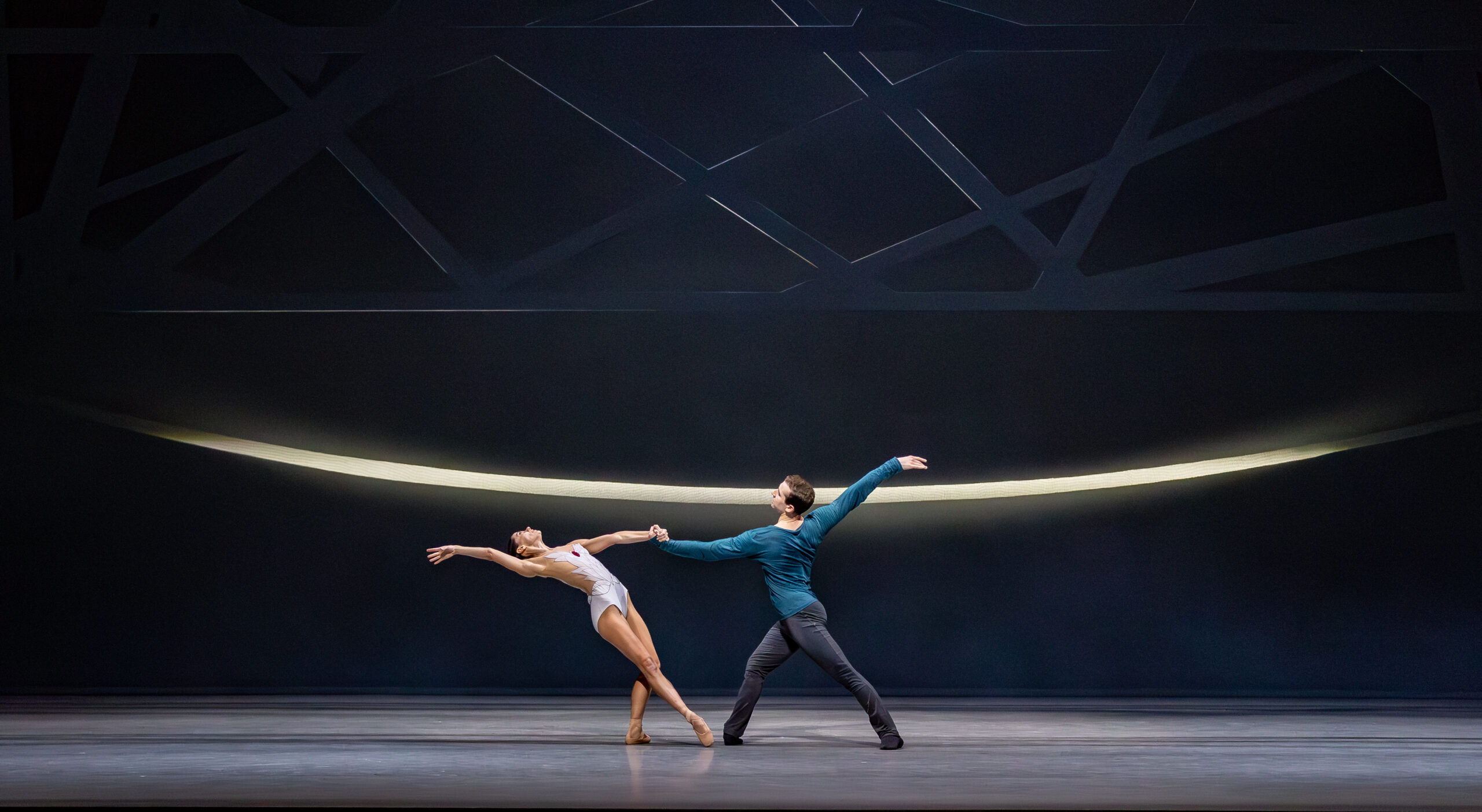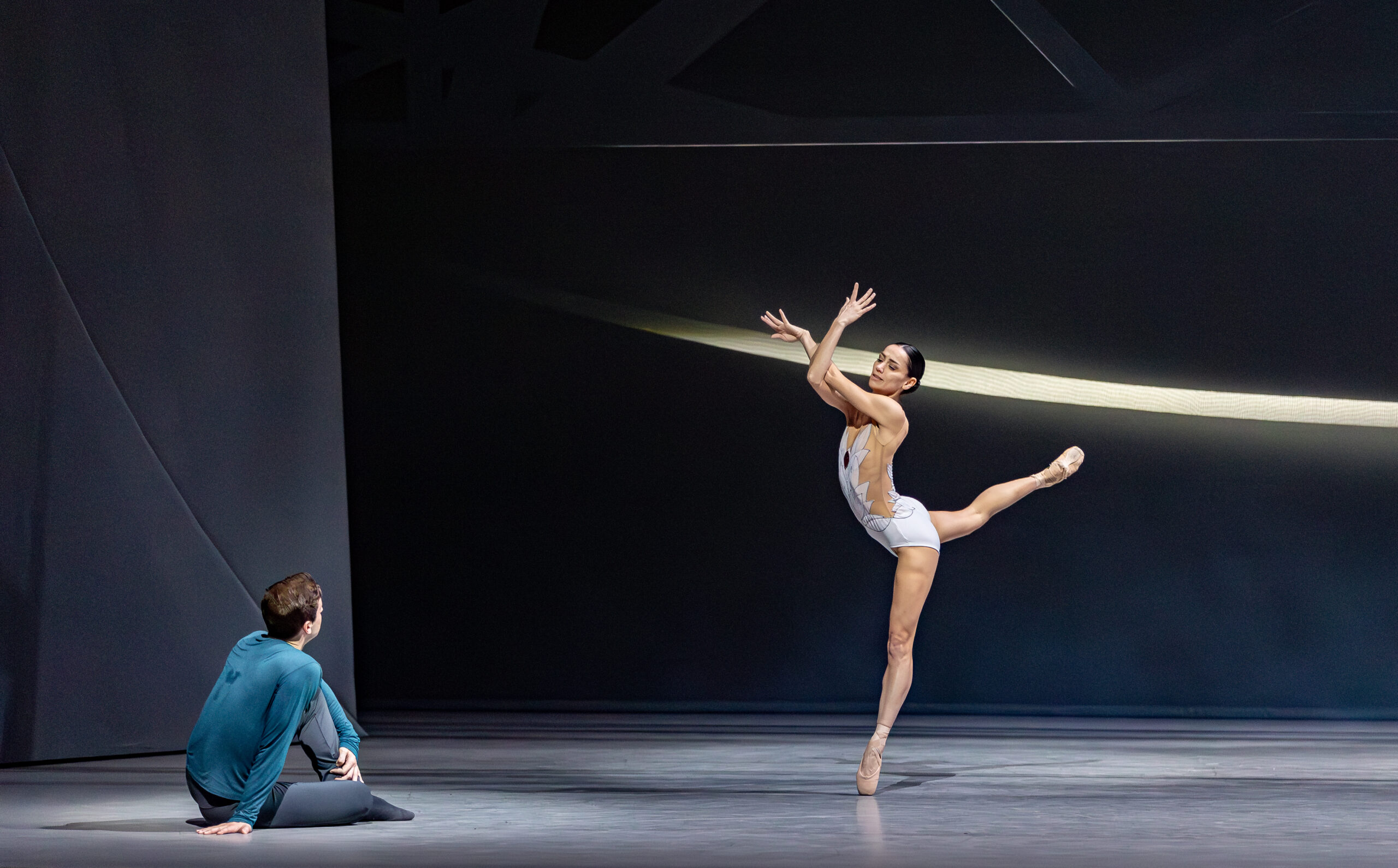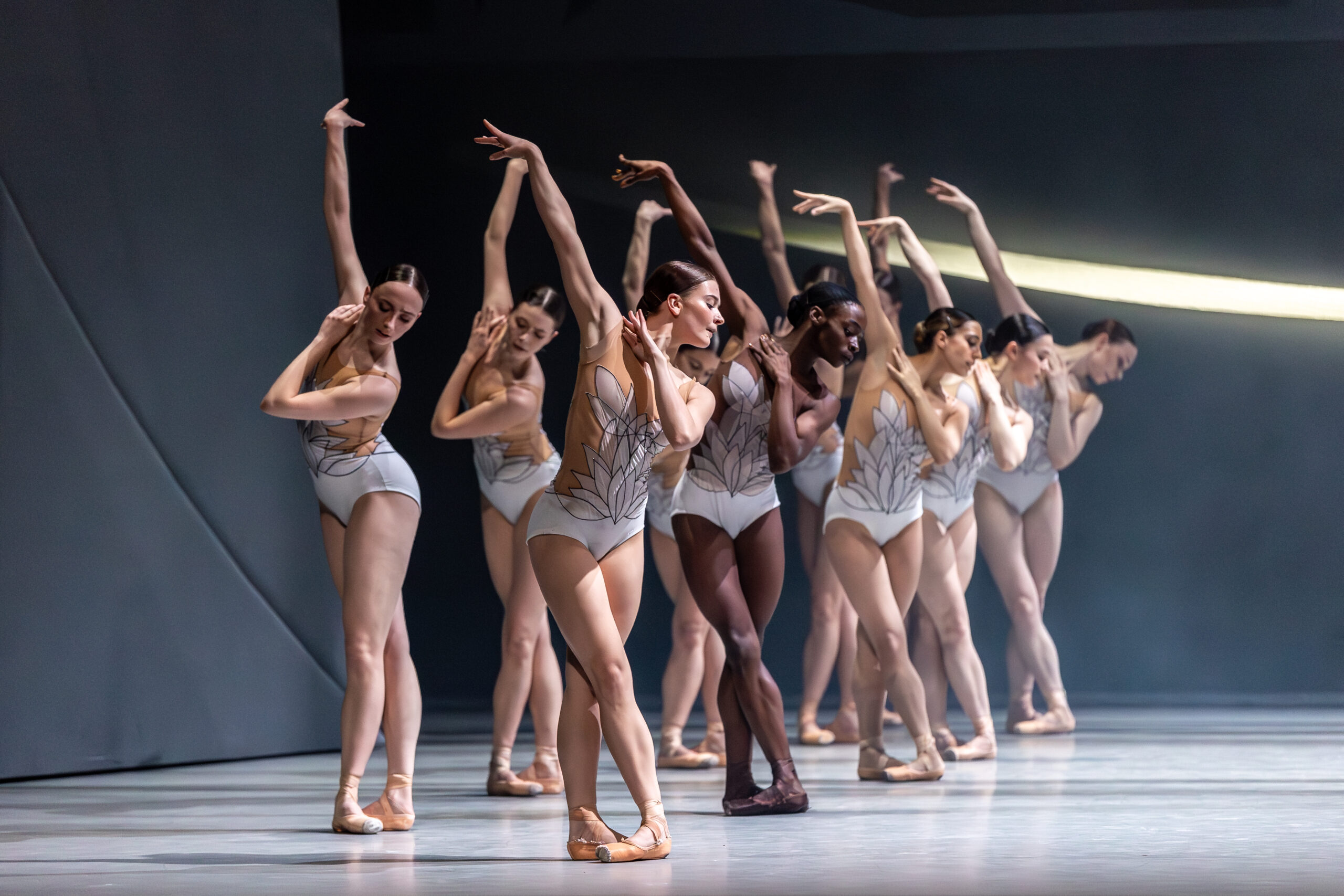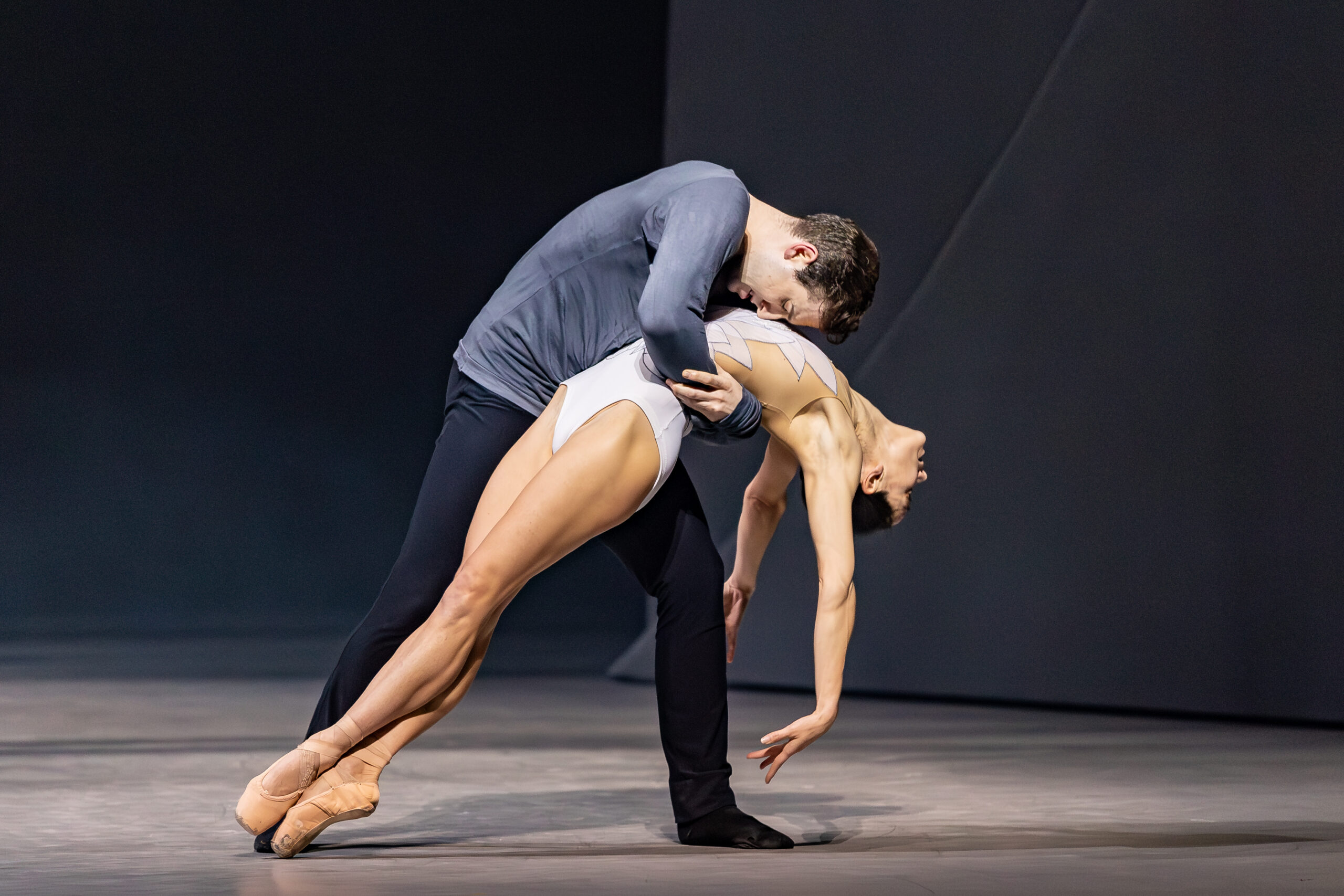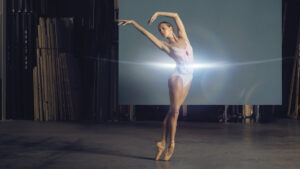Scottish Ballet’s Swan Lake ★★★★★
Scottish Ballet’s take on the timeless, iconic Swan Lake makes a long-overdue return to Scotland after its sell-out 2016 debut
Author Profile
Latest entries
- 28 October 2024TheatreA Streetcar Named Desire – Royal Lyceum ★★★★
- 10 September 2024OperaScottish Opera – Britten’s Albert Herring ★★★★
- 5 June 2024TheatreRoyal Lyceum Theatre – 24/25 Season Launch
- 8 April 2024DanceScottish Ballet’s Swan Lake ★★★★★

